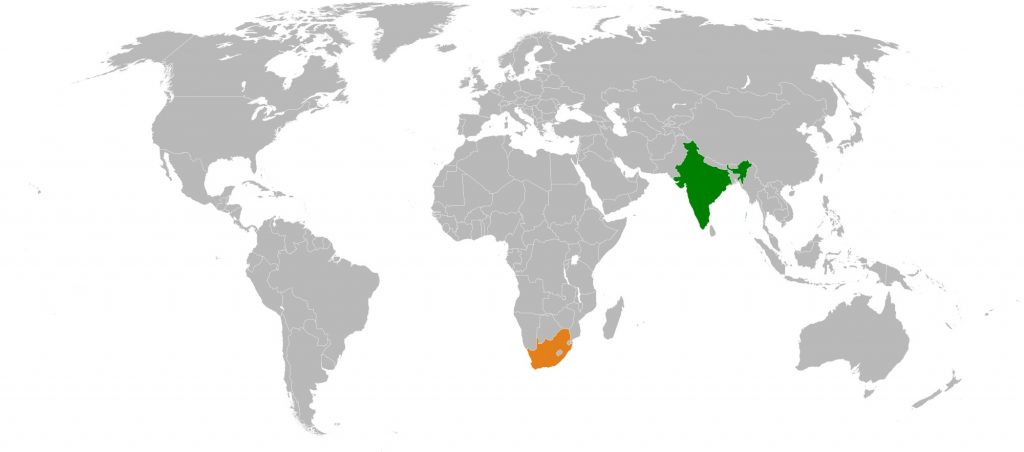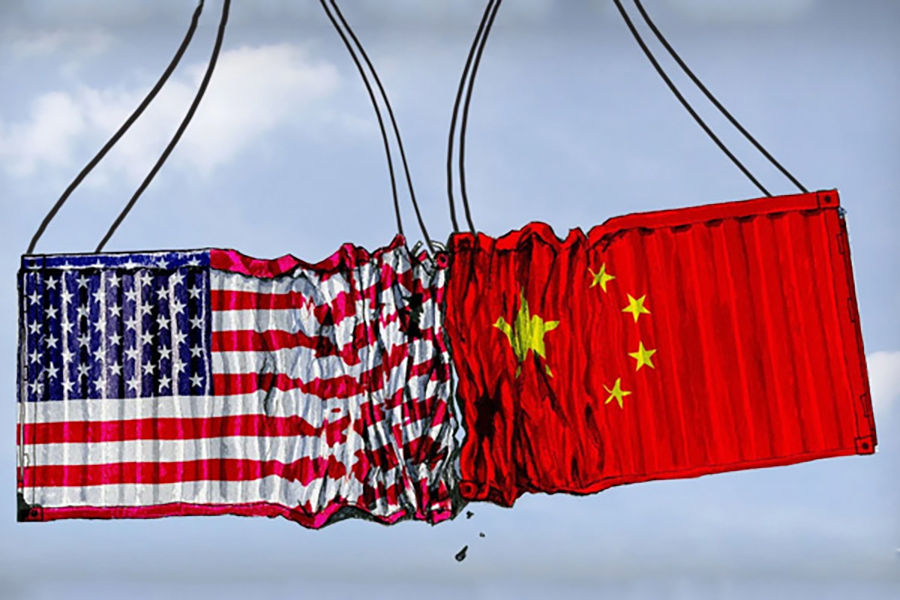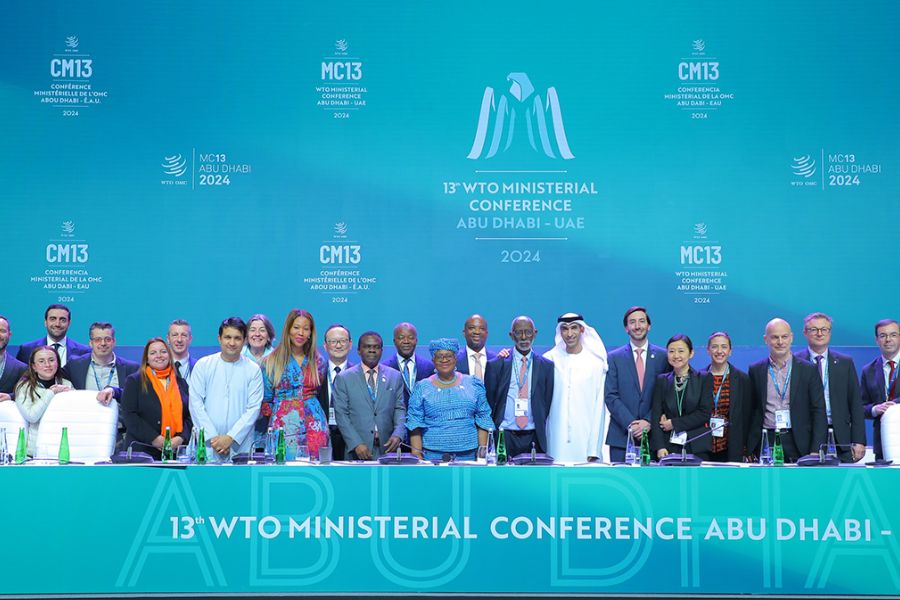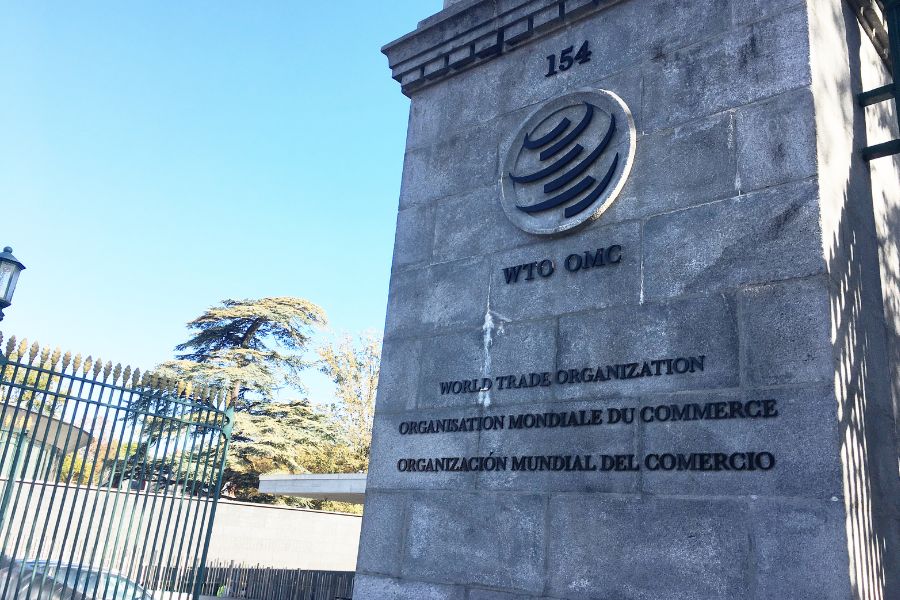Regional Economic Integration in Africa- Possibilities for India
Different parts of Africa have different appetite and liberalization norms for ‘Services’. There is a need for region-specific trade and services negotiations, if India has to gain maximum from an agreement.

Historically, reasons for emergence of regional integration arrangements in Africa were political exigencies and economic needs. It is often argued that India should look at Africa not as an aggregation of individual economies, but of regional blocs. This is believed due to macroeconomic weaknesses and small market size of individual African economies. Africa has three major regional economic arrangements- Economic Community of West African States (ECOWAS), Southern African Customs Union (SACU) and Common Market for Eastern and Southern Africa (COMESA). Let’s first understand how European Union (EU), Africa’s biggest trade partner looks at these three.
EU’s Approach
EU has region specific trade agreements with Africa. An FTA was signed between EFTA and SACU, signed in 2006 and entered into force on May 1, 20081. Economic Partnership Agreement between EU and ECOWAS was finalized in February 2014. And, the EU signed two financing agreements with COMESA- Trade Facilitation programme and Small Scale Cross-Border Trade programme, worth 68 million euros.
India’s position
India continues to contribute sluggishly to Africa’s total imports, with the share in total imports hovering around 4.5%2 for last three years. FDI stock, however, slowly increased from 12% in 2009 to 15% in 20143. India currently has two memorandums of understanding with ECOWAS and COMESA. If India plans to aggressively take up trade agreements and investment projects in Africa, two identifications are necessary. One, the disparity between different regional blocs of the continent, and the similarities within each such bloc. We now examine the disparity in terms of products and services.
Products
After analyzing the top 15 exports list of COMESA, ECOWAS and SACU, it can be found that there is a long list of products for each regional trade community, distinct from other blocs. Table 1 lists the product chapters found in top 15 exports to the world by respective regional blocs, which are distinct from other two blocs.
| COMESA | ECOWAS | SACU |
| 74, 9, 24, 62, 7, 17, 61, 81, 31 | 18, 52, 40, 44, 12, 15, 25, 16, 89, 41 | 87, 84, 72, 76, 22, 73, 28, 38 |
Table 1: List of distinct product chapters of each bloc
1. Status of Agreements concluded by the Southern African Customs Union States
2. Own calculation based on ITC Trade map database
3. UNCTAD World Investment Report, 2016
This analysis is necessary to understand the distinction in products offered by different regions, and with whom would trade be most beneficial.
Services
Even though “Memo item- commercial services”, “Transport”, “Travel” and “Other Business Services” occupy the top four slots in services imported by COMESA, ECOWAS and SACU in 2016; the magnitudes of imports differ widely. Other than these top four services, the rankings of service imports vary among these regional blocs. For example, USD 1743.64 million2 worth of “Charges for the Use of Intellectual Property” was imported by SACU in 2016, while COMESA and ECOWAS imported a much less USD 287 million and USD 274.28 million, respectively. Similarly, ECOWAS imported USD 1291.43 million worth of “Financial Services” in 2016, compared to a low USD 204.72 million and USD 104.87 million for COMESA and SACU.
This tells us that different parts of Africa have different appetite and liberalization norms for ‘Services’. There is a need for region-specific trade and services negotiations, if India has to gain maximum from an agreement.
India’s way forward
In a scenario where these regional communities are striving to strengthen trade within them, India can gain significantly if negotiations are directed towards groups, instead of individual countries. Any policy directive should go beyond quantitative facts, and look into the qualitative characteristics of the continent.














Leave a comment